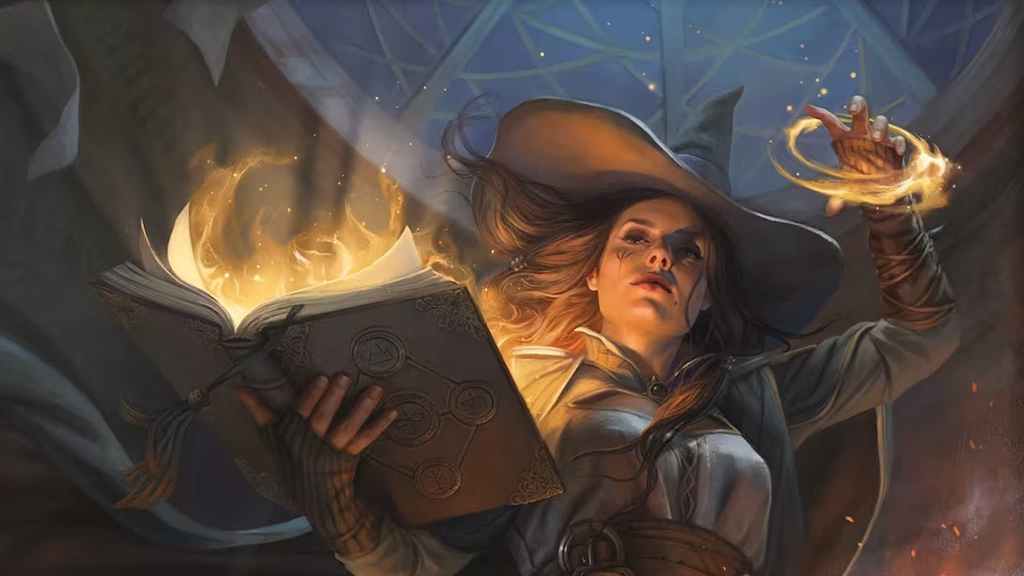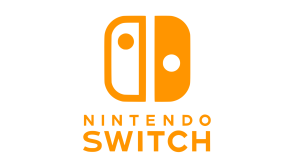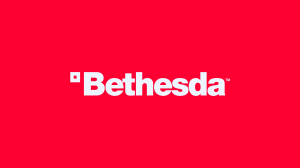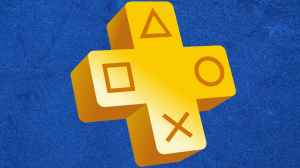In recent years, digital-format Dungeons & Dragons has become a staple for tabletop gamers. The ability to share information through campaigns on DnDBeyond, play with people from anywhere in the world, and the chance to use fancy, digital maps make digital content amazing. But what about sourcebooks? Unfortunately, these critical resources don’t shine as brightly as all the extras that come with a digital playspace.
Videos by ComicBook.com
Sourcebooks are the backbone of any D&D campaign, from checking the rules during a difficult encounter to building out a complex adventure for a party of friends, the pages of each book offer important information. The digital format sourcebooks on DnDBeyond aren’t free, and they aren’t easy to navigate. Instead of flipping to the page you need, players must sort through an index and open multiple tabs. This can get cumbersome quickly during a play session. Below are five big ways print sourcebooks still top digital when it comes to playing Dungeons & Dragons.
1. Tabs Are Your Friend In D&D

Tabs are important when playing D&D, and we aren’t talking about the ones in your browser. Physical sourcebooks allow players to mark pages with sticky notes or other tab tools for quick access to something about a character. This could be a breakdown on a new weapon, information about a backstory, or lore on a region the party is learning about. Digital books aren’t easy to mark up, but a physical handbook could be organized to offer the more important information in seconds, and without having to navigate away from a map or sheet being used on a PC screen during the adventure.
Additionally, players can highlight or take notes directly in their sourcebooks either via sticky notes on pages or directly on the book for those who don’t mind mark-ups.
2. Homebrewing Is Easier on Paper
Every DM has had that moment where their party goes off the books. Whether they are challenging Strahd in Barovia and summon something from a different plane, completely breaking the plot, or they have rolled a Nat 20 on a Charisma check and have made the big bad fall in love with them, thinking on the fly and altering the story as written is an every day job for the best game masters.
However, it is not easy to manipulate digital sourcebooks. While a player can write on notebook paper and slide it into the exact place in the campaign that they’ll need it, digital will require an external document and even more resources to manage while running the session. Being able to open a book and have the detour right where it needs to be without extra steps is critical while managing a game.
3. It’s Easier to Share Information

One of the most difficult things about playing Dungeons & Dragons is the cost. Both digital and physical books cost money, and even the discount bundles can be cost-prohibitive or prevent potential players from jumping into a game. While digital books can be shared by pulling a player into a campaign, these shares aren’t permanent, and the digital ebooks aren’t always the most friendly option for new players.
Physical books can go anywhere, are not dependent on the internet, and can be easily loaned between players. The best way I’ve found to teach new players is to brew a cup of coffee, break out the physical sourcebooks, and read through them together.
4. Print Looks Beautiful on Shelves
When playing D&D, there is something to be said about aesthetics. While having all the sourcebooks on your DnDBeyond account is a quick and dirty way to have access to everything, you can’t use those digital copies to decorate your game room. Collecting the books, or even the special edition covers of each new release, is a great way to turn your bookcases into an epic library of Dungeons & Dragons resources.
D&D has a collectibility as intense as Pokemon, with fans boasting about libraries that date back to the 1970s. From D&D Advanced to the 2024 editions of 5E, seeing each volume lined up on the shelf is something to behold. It’s also nice to have something physical for the cost of the book. If you are going to hand over $50, it’s nice to have something tangible for that price.
5. The Artwork Is Better in Person
Finally, one of the key reasons that Print still stands tall over digital when it comes to D&D sourcebooks is that the art inside each book looks beautiful in person. The full-sized inserts of landscapes, characters, and locations are completely different when viewed in your hands on paper. The colors are rich, and there is something breathtaking about flipping through each book.
The artwork of D&D is important to creating the settings for players, and gives key information about the places the party will encounter. While the images are included in the digital sourcebooks, they don’t ever seem as impactful as when they take up two full pages in a physical edition.
Print is still incredible, and while it’s less portable, it offers a Dungeons & Dragons experience that DnDBeyond has yet to completely deliver. There are so many ways to use and enjoy print sourcebooks, and digital still can’t beat them.









